Disclosure: I received a copy of this book free of charge for review purposes only. Receipt of a book does not guarantee a review or endorsement.
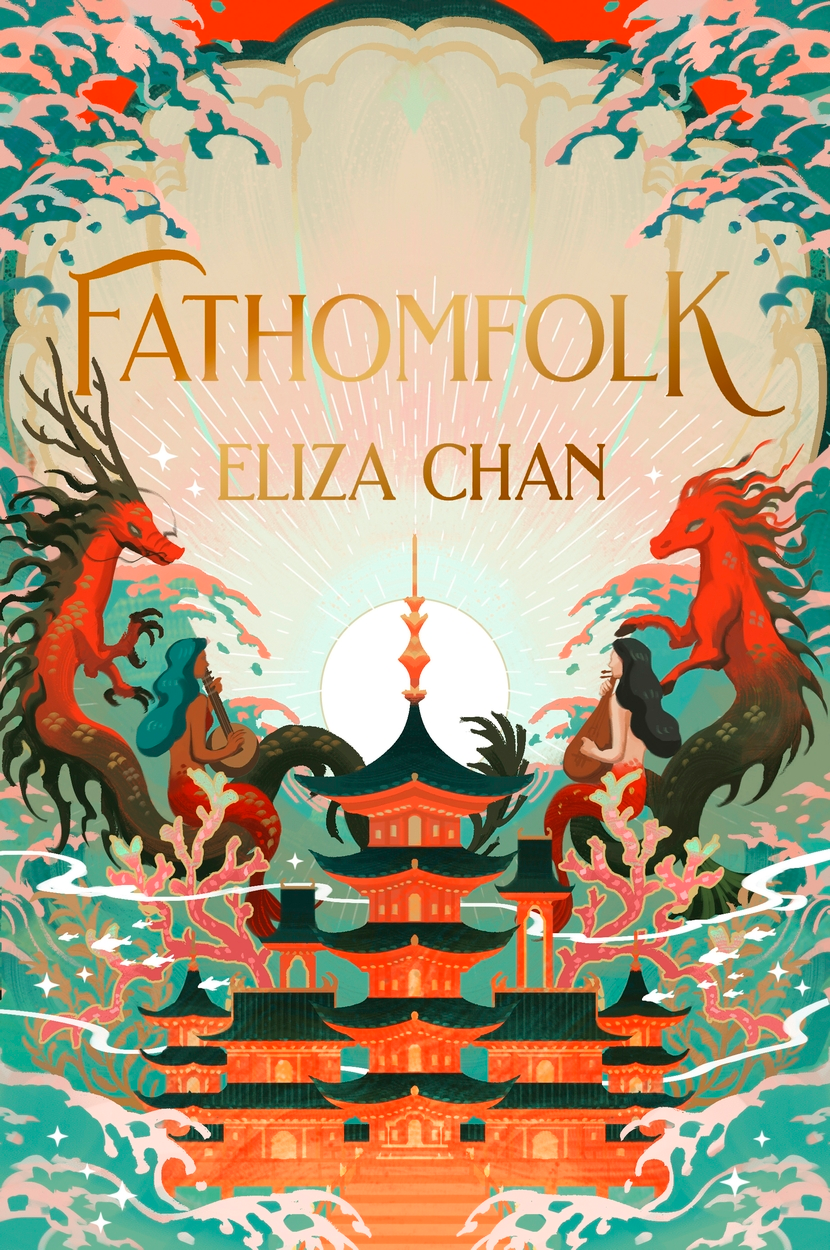 As humans moved into their towering, floating cities, their pollution flowed free into the seas below where the fathomfolk live. With their homes decaying, their gills poisoned with rot, they have no choice but to seek refuge among the humans. In Tiankawi, half-siren Mira has risen to captain of the border guard, an unheard of feat for fathomfolk, but she still faces prejudice every day. Nami is a young sea-dragon, sent to Tiankawi to learn a lesson, but instead she falls in with a crowd of anti-human extremists, intent on destroying everything Mira and her partner have worked for.
As humans moved into their towering, floating cities, their pollution flowed free into the seas below where the fathomfolk live. With their homes decaying, their gills poisoned with rot, they have no choice but to seek refuge among the humans. In Tiankawi, half-siren Mira has risen to captain of the border guard, an unheard of feat for fathomfolk, but she still faces prejudice every day. Nami is a young sea-dragon, sent to Tiankawi to learn a lesson, but instead she falls in with a crowd of anti-human extremists, intent on destroying everything Mira and her partner have worked for.
The things that drew me to Fathomfolk was the setting, and that was definitely the highlight of the book. Tiankawi, is a partially submerged city, built upwards as the sea levels rose. Humans have obviously messed up this world too, with pollution forcing the fathomfolk from their underwater cities. Somehow humans still have ended up on top, lording over those with gills, controlling them with pakalots.
Eliza Chan has collected together a menagerie of water-based creatures to populate her world, drawing on Asian and European mythology. Sirens, kelpies, water dragons, selkies, kappa and a sea witch all call Tiankawi home.
It’s a two tier society, the fathomfolk treated as second class citizens. They must wear a bracelet that prevents them from doing harm to humans, even in self-defence. One of the drivers for the plot is that a bill is being prepared to allow for self-defence, and it shied away from actually exploring that lack of bodily autonomy that must come with not being able to say no. You would expect more violence and abuse against fathomfolk than there was.
Don’t give them a reason to hate. To complain. But it was easier on the outside. When someone wasn’t aiming a kick at her head. When half a glass of water was all the city guard allowed a day, lest she use it against them.
Things are definitely not great for fathomfolk, but even the things that are presented as horrifying come with consent. It’s not much of a choice, but it’s still a choice. With the pakalots, humans could just force fathomfolk to do things. And this lack of terrorising from the humans means what eventually happens with the Drawbacks comes across as extreme. We’re meant to be rooting for the fathomfolk, but they’re made to look like the bad guys. There’s just as much prejudice between the different fathomfolk too, dragons being well respected and those who can’t shapeshift being at the bottom of the hierarchy.
You can’t fight hate with violence. That is definitely the message trying to break through all this. It doesn’t take much to find examples from the real world, you oppress a group long enough, some people will resort to violence. Some people will use causes as an excuse for violence too, blame refugees for society’s ills. We even put them in floating ghettos not fit for purpose. What violent protest doesn’t help is the innocent people caught up in it, on either sides.
They had not changed over the years. Wanting rid of fathomfolk but wanting something from them as well.
But despite the big ideas and interesting world-building, I did not connect with the characters, and the first half of the book was slow.
I guess it was hard to fathom everyone’s motivations. Cordelia supposedly did everything to protect her family, but she didn’t even seem to like her son that much and surely keeping her head down and using her bargains for her children would have made more sense. The reasons she is so hard on Mira do become clear, but for much of the book she’s just ruthless and mean.
The Drawbacks are supposedly the resistance fighting for the rights of fathomfolk, yet everything they do makes things worse. Lynette wasn’t developed enough as a character so her decision at the end made no sense. And I can’t work out how the city is structurally fine once it’s all over.
And Nami, the naïve fool. There’s totally a place for characters like her, where they get led astray and groomed by charming men. Perhaps if it were over a longer period, it would have seemed more realistic for Nami to carry on trusting, but she is oblivious, happy to forgive for a pretty face and not much personality. Even if she didn’t come to her senses, I would have liked someone to have intervened to highlight how it was an unhealthy, one-sided relationship.
Fathomfolk is published by Orbit and will be available in hardback, ebook and audiobook formats from 29th February 2024. Thanks go to the publisher for providing a copy for review.
Goodreads | Amazon* | Waterstones* | Hive | Wordery | Blackwell’s* | Bookshop.org*
*indicates an affiliate link
Related posts
1 Comment
Leave a ReplyCancel reply
This site uses Akismet to reduce spam. Learn how your comment data is processed.
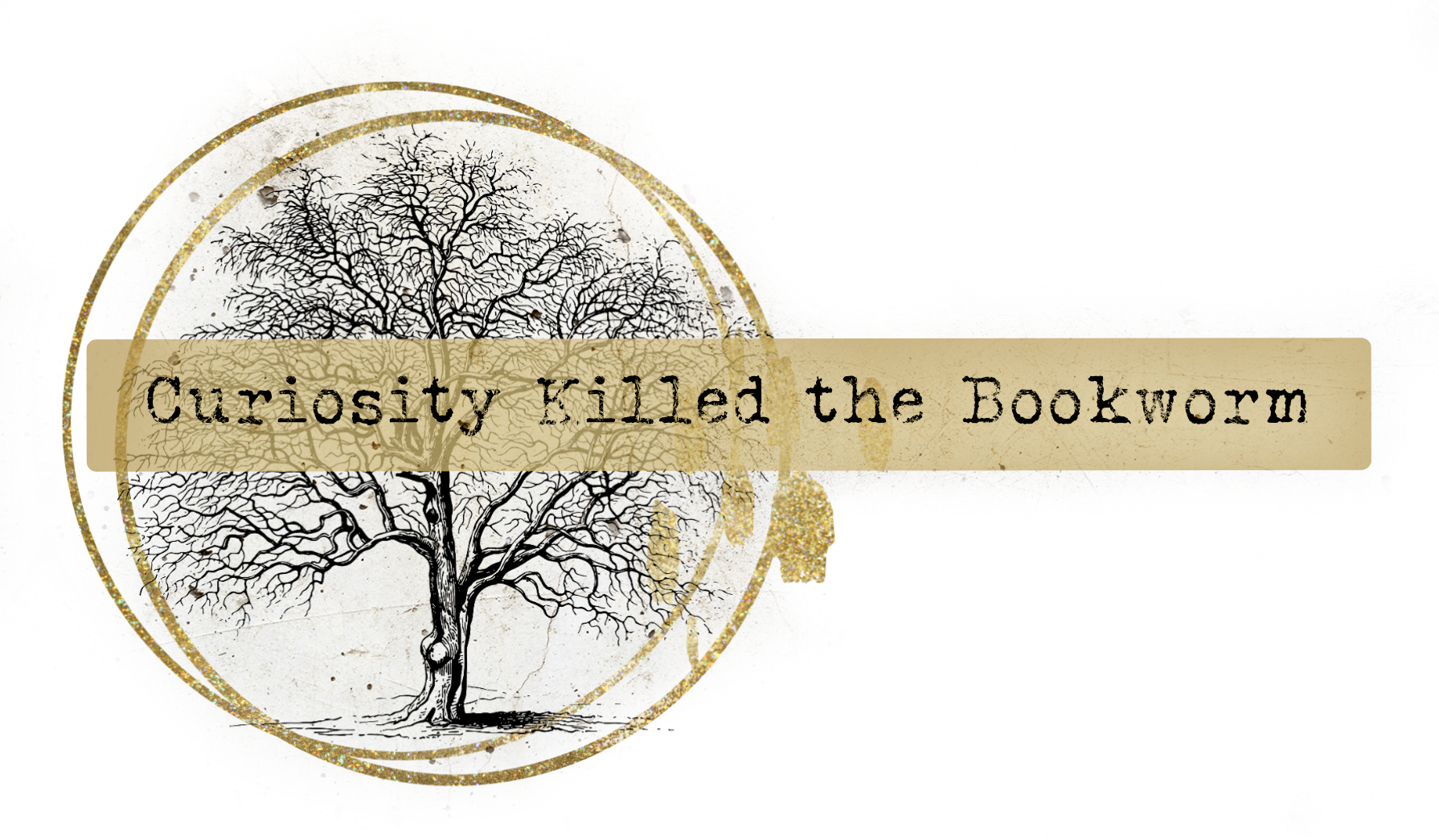
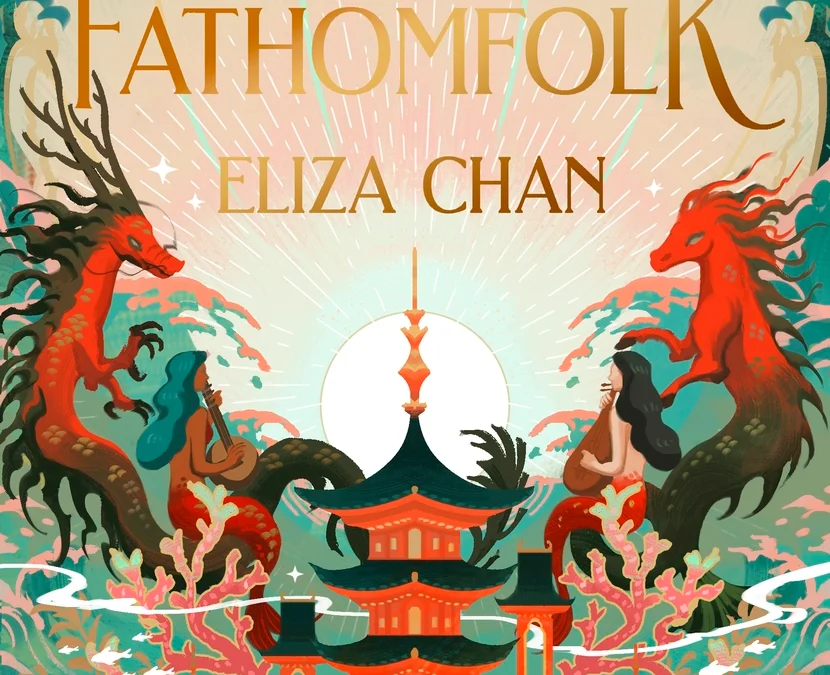
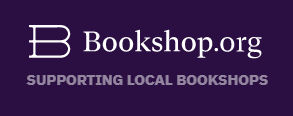
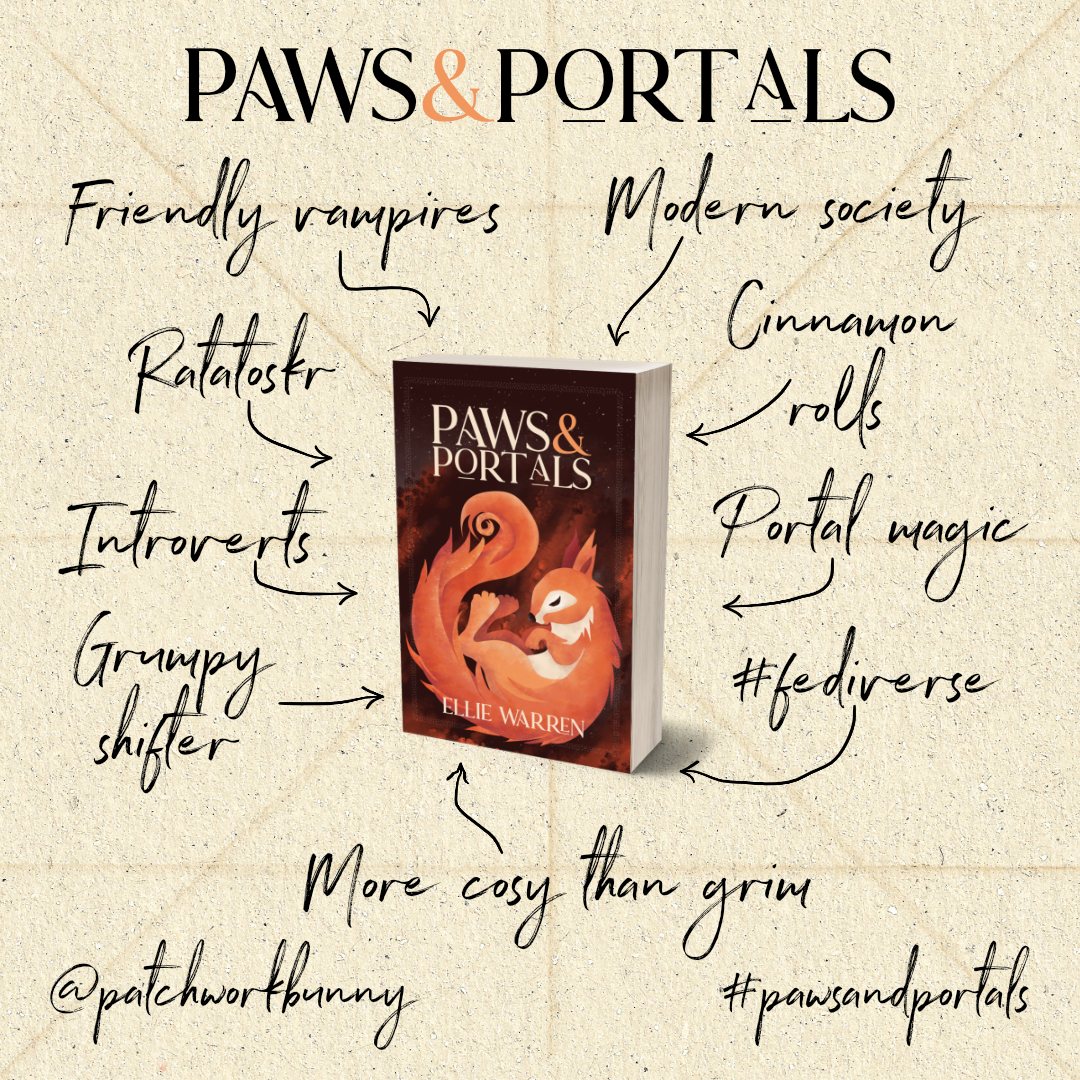


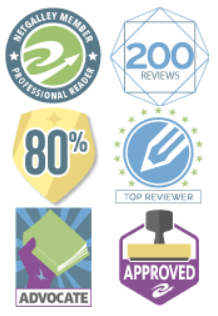

I’m sorry you didn’t connect with the characters and thought the first half was slow. The world-building sounds amazing. I’m drawn to this book as well and hope I’ll be able to connect. Thanks for your review.